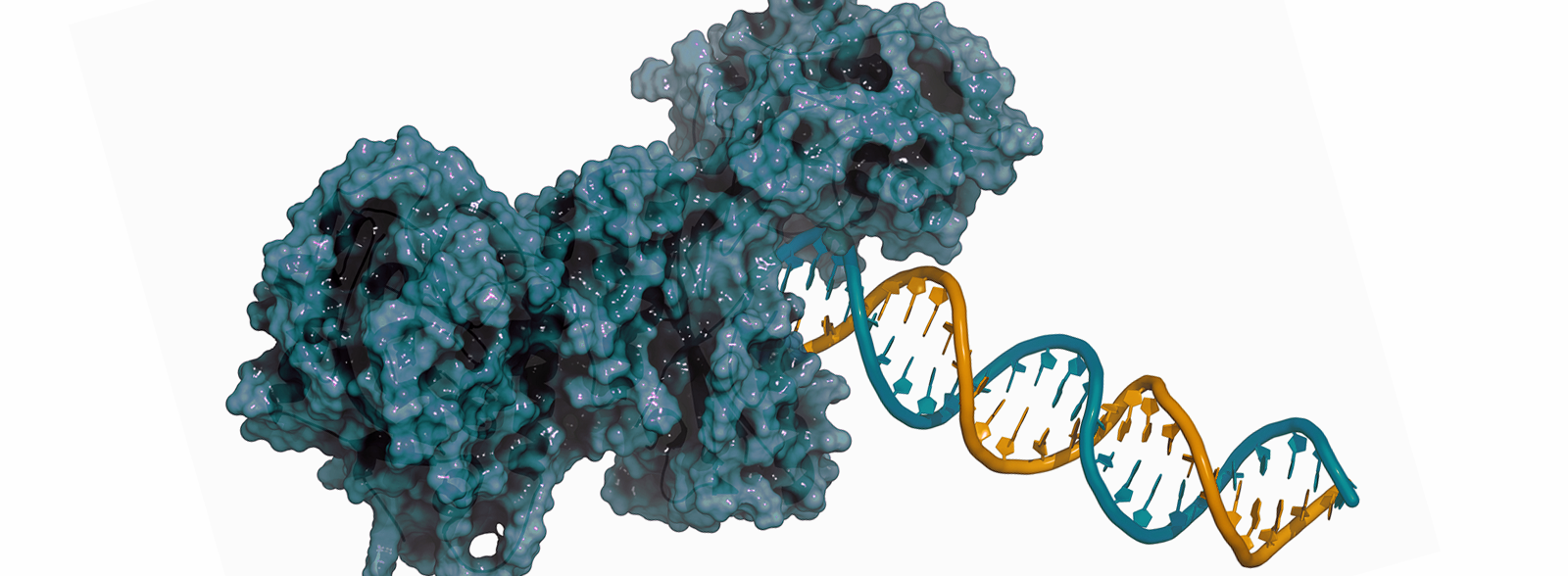PARP Inhibitors: Where Are We in 2024 and What’s Coming Next?

Poly (ADP-ribose) polymerase (PARP) inhibitors (PARPi) have revolutionized the treatment of various cancers, including breast, ovarian, castration-resistant metastatic prostate (mCRPC) and metastatic pancreatic cancer. As PARPi continues to evolve, it is crucial for healthcare professionals to stay updated with recent developments to optimize patient care.
Recent updates
Here, we present the most recent updates, including ongoing research and regulatory changes that could impact the clinical use of PARPi in cancer treatment.
PARPi Resistance in Breast Cancer
PARP inhibitors face significant resistance issues in breast cancer treatment. Recent studies have identified that 60% of women with PARPi resistance exhibit BRCA ‘reversion’ mutations, which restore DNA repair capabilities, undermining the effectiveness of PARPi. This understanding helps in developing clinical testing and monitoring tools to predict patient response to PARPi . his progress in understanding how breast cancer becomes resistant to PARPi and the emergence of biomarkers could be useful in the development of clinical testing and monitoring tools to predict which patients are more likely to respond to these drugs.
Genetic Testing in Prostate Cancer
Approximately 25% to 30% of mCRPC patients exhibit homologous recombination repair (HRR) gene mutations, making genetic testing crucial for first-line therapy decisions. However, a recent study highlighted low HRR testing rates and inconsistent testing timings, potentially impacting the use of PARPi among eligible patients. Addressing these barriers is essential to improving treatment outcomes for mCRPC.
New Combination Therapy in Breast Cancer
Fuzuloparib is a PARP inhibitor approved in China to treat solid cancers, including recurrent ovarian cancer, fallopian tube cancer, and primary peritoneal cancer in patients with BRCA1/2 mutations. Fuzuloparib is being explored in combination with the VEGF inhibitor apatinib for breast cancer treatment. Phase III trial results show significant improvement in progression-free survival (PFS) in patients with BRCA1/2-mutant breast cancer compared to standard chemotherapy.
FDA Revisions in Ovarian Cancer Management
New overall survival (OS) data has led the FDA to revise or withdraw approvals for certain PARPi uses in ovarian cancer. Withdrawals include:
- Niraparib and rucaparib as second-line maintenance therapy for patients with recurrent ovarian cancer (not BRCA-associated)
- Rucaparib and olaparib as third and fourth-line treatment for BRCA-associated ovarian cancer in patients, respectively
American Society of Clinical Oncology (ASCO) Revised Guidance
Clinical research into the use of PARPi in the treatment and management of ovarian cancer is ongoing. Results from clinical trials have reported statistically and clinically significant beneficial results in using PARPi in ovarian cancer, but unfortunately, poor overall survival outcomes in others. These developments have prompted the ASCO to revise its previous guidance on PARPi use in ovarian cancer.
Future Directions for PARPi
After a promising start, researchers now turn their attention to extending the benefits of PARPi to a broader patient population, developing novel combination therapies, overcoming resistance and improving the overall outcomes for those with ovarian and other types of cancer.
Synthetic Lethality
Researchers are exploring synthetic lethality, which involves simultaneously disrupting two genes to induce cell death. This approach could be particularly effective in targeting cancer cells with HR deficiencies, such as the 50% of ovarian cancers that cannot repair DNA damage inflicted by PARPi.
Expanding Applications
Initial successes in treating BRCA-mutated cancers have led to exploring PARPi efficacy in non-BRCA- mutated cancers. Clinical trials show promising results, with PARPi treatment (either mono or combination therapy) in patients without BRCA mutation showing significant improvements in progression-free survival (PFS).
Improved PARPi
Researchers are continually working to improve patient outcomes by developing more effective PARPi with fewer side effects while focusing on therapeutic strategies to overcome resistance, including combination therapies.
Combination Therapies
As the clinical use of PARPi continues to expand, researchers are turning their focus to studying the clinical effectiveness of PARPi combination therapies. Of particular interest are the drugs’ additive and synergistic effects on outcomes for PFS and OS and the reversal of resistance mechanisms.
Predictive Biomarkers and Treatment De-escalation
HR deficiency (HRD) is being studied as a predictive biomarker for PARPi treatment. Functional HRD assays could help restructure primary chemotherapy and maintenance phases, optimizing care and addressing drug resistance.
Strategies to Overcoming PARPi Resistance
Despite the significant therapeutic benefits of PARPi in patients with HR deficiency, innate and acquired resistance is a major challenge. Understanding and overcoming resistance to PARPi is critical to extending PARPi application and improving patient outcomes. Several strategies are being investigated:
- Novel predictive biomarkers
Advanced sequencing techniques and biomarker identification can select PARPi-sensitive patients, reducing drug resistance. - Combination with other targeted therapies
The combination of PARPi and other drugs can improve drug sensitivity to PARPi, or improve efficacy to achieve synthetic lethality - Combination of radiotherapy and immunotherapy
Initial studies have revealed the synergistic effect of PARPi in combination with radiotherapy and immunotherapy.
Conclusion
PARP Inhibitors are establishing themselves as valuable drugs in the fight against cancer, especially through their synergistic effects in combination therapies, where resistance challenges have been reversed. The identification of predictive biomarkers will further refine patient selection, maximizing the benefits of PARPi and improving overall outcome.
Cite this Article
Rekha Pal, PhD, (2024) PARP Inhibitors: Where Are We in 2024 and What’s Coming Next? - Crown Bioscience. https://blog.crownbio.com/parp-inhibitors-where-are-we-in-2024-and-whats-coming-next



